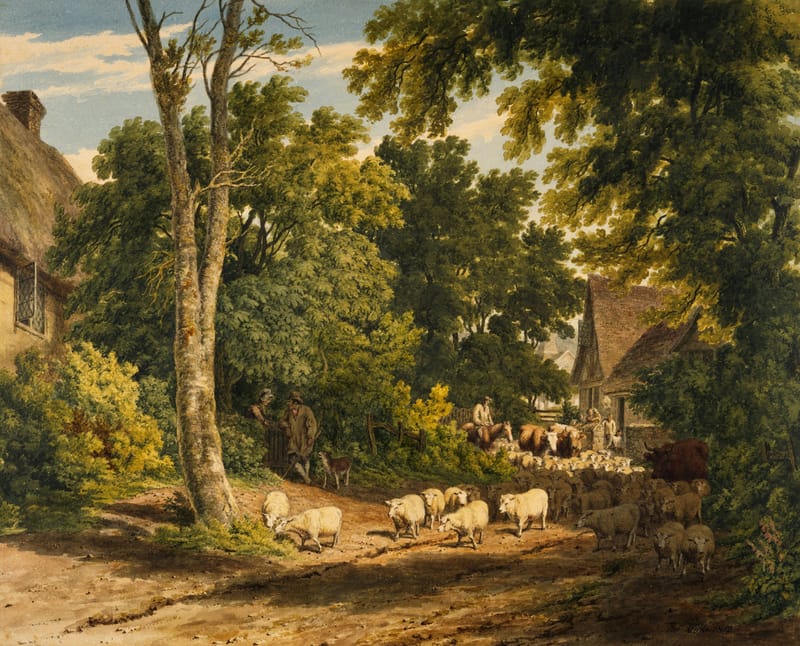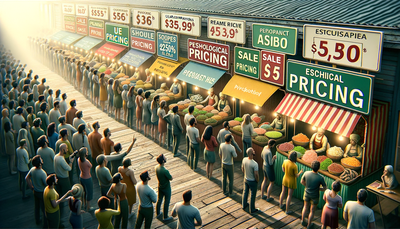The Art of Micro-Animations in Web Design
Micro-animations have become an essential element in modern web design, offering a subtle yet powerful way to enhance user experience and bring websites to life. These small, purposeful animations serve multiple functions, from providing visual feedback to guiding user attention and adding personality to digital interfaces. As web designers and developers strive to create more engaging and intuitive websites, understanding the art of micro-animations has become crucial. This article explores the concept of micro-animations, their benefits, best practices for implementation, and how they can significantly improve the overall user experience on your website.Table of Contents:

What Are Micro-Animations?
Micro-animations are subtle, brief animations that serve a specific purpose within a user interface. These small movements or transitions are designed to provide visual feedback, guide users through interactions, or simply add a touch of delight to the browsing experience. Unlike larger, more complex animations, micro-animations are often so seamless that users may not consciously notice them, yet they play a crucial role in creating a smooth and intuitive interface.Examples of micro-animations include button hover effects, loading spinners, progress bars, and subtle transitions between different states of UI elements. These animations can be as simple as a color change or as intricate as a small icon transformation, but they all share the common goal of enhancing the user's interaction with the website.
Do you need a website? Want to build a website but don't know where to start? Our website builder is the perfect solution. Easy to use, and with the ability to customize to fit your business needs, you can have a professional website in no time.
The Benefits of Micro-Animations
Implementing micro-animations in web design offers numerous benefits that contribute to an improved user experience. Firstly, they provide instant visual feedback, confirming that a user's action has been registered and processed by the system. This immediate response helps reduce uncertainty and frustration, making the interface feel more responsive and alive.Secondly, micro-animations can guide user attention to important elements or changes on the page. By using subtle movements, designers can draw the eye to newly loaded content, form validation messages, or call-to-action buttons. This gentle guidance helps users navigate the interface more efficiently and reduces cognitive load.
Lastly, micro-animations add personality and polish to a website, elevating its perceived quality and professionalism. When executed thoughtfully, these small details can create a more engaging and memorable experience for visitors, potentially increasing user satisfaction and retention.
Best Practices for Implementing Micro-Animations
When incorporating micro-animations into your web design, it's essential to follow best practices to ensure they enhance rather than detract from the user experience. First and foremost, always prioritize purpose over aesthetics. Each animation should serve a specific function, whether it's providing feedback, guiding attention, or improving usability.Keep animations subtle and quick, typically lasting no more than 300-500 milliseconds. Overly long or flashy animations can become distracting or annoying, especially for frequent visitors. Aim for smooth, natural-feeling movements that complement the user's actions rather than overshadowing them.
Consistency is key when implementing micro-animations across your website. Establish a cohesive animation style that aligns with your brand identity and maintain it throughout the user interface. This consistency helps create a more polished and professional feel while also making the interface more predictable and easy to use.
Building a website with SITE123 is easy
Types of Micro-Animations and Their Applications
There are various types of micro-animations, each serving different purposes in web design. Hover effects are among the most common, providing immediate feedback when a user interacts with clickable elements. These can include color changes, subtle movements, or the appearance of additional information.Loading animations, such as progress bars or spinners, keep users informed and engaged during brief waiting periods. These animations reassure users that the system is working and can make perceived loading times feel shorter.
Transition animations smooth the flow between different states or pages, creating a more cohesive and fluid browsing experience. These can include fading effects, sliding panels, or morphing elements.
Micro-animations can also be used for form validation, providing instant feedback on user input. For example, a subtle shake animation on an incorrectly filled field can quickly draw attention to the error without the need for obtrusive error messages.
Tools and Techniques for Creating Micro-Animations
Creating effective micro-animations doesn't necessarily require advanced animation skills or complex tools. Many modern CSS techniques, such as transitions and keyframe animations, allow designers to implement simple yet effective micro-animations directly in their stylesheets. These methods are lightweight and widely supported across browsers.For more complex animations, JavaScript libraries like GreenSock (GSAP) or Anime.js offer powerful animation capabilities with excellent performance. These libraries provide fine-grained control over animations and can handle more intricate sequences or interactions.
SVG animations are another powerful tool for creating micro-animations, especially for logo animations or icon transformations. SVGs are lightweight, scalable, and can be animated using CSS or JavaScript, making them ideal for creating smooth, high-quality animations that look great on any device.
Balancing Performance and Aesthetics
While micro-animations can significantly enhance the user experience, it's crucial to balance their implementation with website performance. Overusing animations or implementing them inefficiently can lead to slower load times and laggy interactions, ultimately harming the user experience rather than improving it.To maintain optimal performance, use hardware-accelerated properties for animations whenever possible. Properties like transform and opacity are generally more efficient than animating dimensions or positions. Additionally, consider using the will-change CSS property to hint at elements that will be animated, allowing the browser to optimize rendering.
Always test your animations across different devices and browsers to ensure smooth performance and consistent behavior. Be prepared to gracefully degrade animations for older browsers or less powerful devices, ensuring that the core functionality remains accessible to all users.





